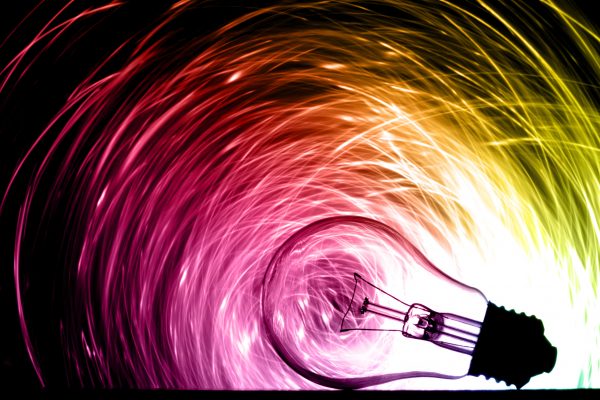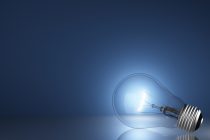This course explores healthy habits around light and how to design and/or modify spaces with lighting that optimizes human health while minimizing the environmental burden and carbon footprint. Electric lighting became available less than 150 years ago but it provides a convenience most people would find difficult to live without today. The use of artificial light has undoubtedly increased our productivity by effectively extending the working day and improved our safety. However, many of our modern lighting sources also come with an electromagnetic radiation and hazardous material burden. In addition, artificial lighting is one of the major consumers of electricity.
Topics include incandescent, halogen, fluorescent, mercury vapor, low pressure sodium, high pressure sodium, metal halide, and solid-state lamps, light-emitting diodes, organic light-emitting diodes, full spectrum lamps, fiber optic lighting, “Smart” lighting, electric fields, magnetic fields, dirty electricity, toxic lamps, light at night and wildlife.
Download a free preview of this course.
This course conveys 20 Continuing Education Units (CEUs).
Course of the Month – 50% off
Use coupon code el825com
Tuition: $145.00 $72.50




